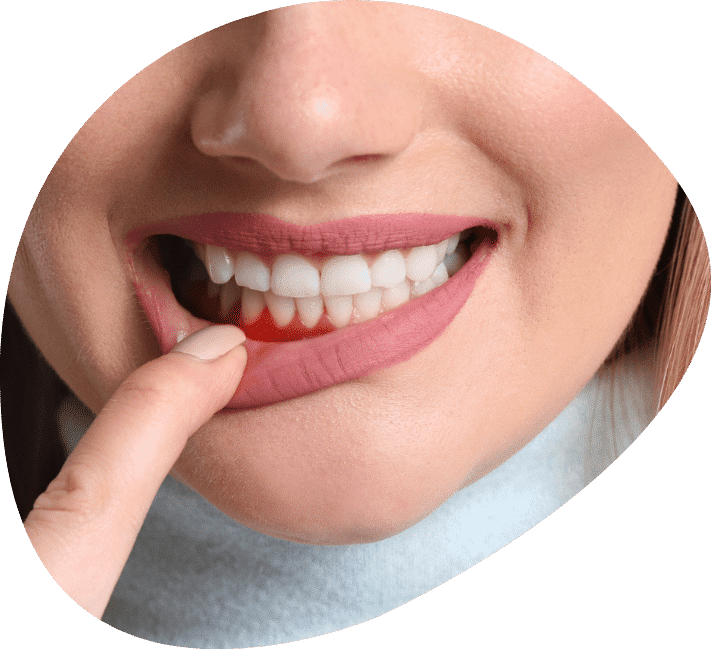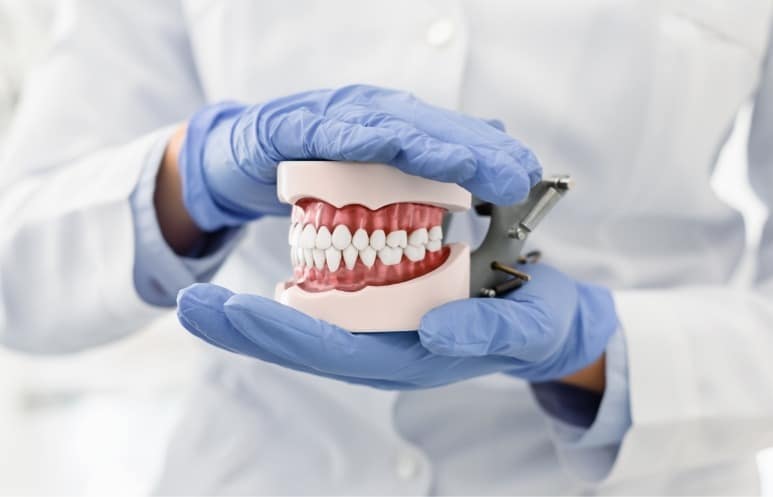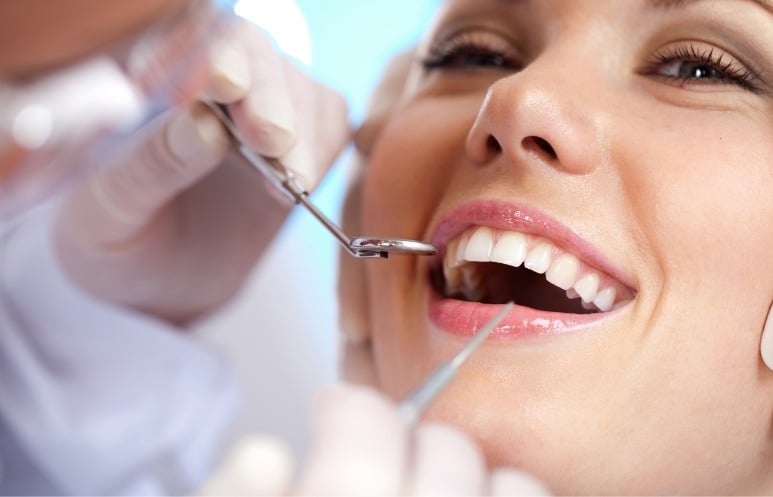Treatment of gum disease

The gum, the most exposed tissue of the periodontium (the set of structures that hold teeth in place), is particularly vulnerable to the action of bacteria. As a result, it's prone to inflammation and even deeper infection. Since it's essential to treat gum disease, no matter how serious, your dentist at Centre dentaire Taschereau in Brossard offers treatments adapted to gingivitis and periodontitis.


Gingivitis: a minor gum disease
Gingivitis is the first gum disease to develop. Initially, it is essentially an inflammation of the tissues, manifested by slight redness and bleeding visible during oral hygiene routine. It forms as a result of the acidic attacks to which the tissues are subjected. These attacks are caused by compounds in the food and drink we consume, as well as by the action of bacteria living in the mouth. These bacteria emit acid waste that irritates soft tissues. Their presence in large numbers in plaque and tartar, deposits that accumulate near the roots of teeth, makes gums particularly vulnerable.
Watch out for periodontitis, a deeper form of gum disease
Gingivitis is generally easy to treat, with thorough scaling and an impeccable oral hygiene routine that includes daily flossing. However, if left untreated, bacteria can penetrate beneath the gums and lead to periodontitis. Periodontitis is characterized first and foremost by the formation of periodontal pockets, microbial clusters leading to receding gums. It also leads to other symptoms and potential consequences:
- More severe bleeding, especially visible during hygiene routine.
- Swelling and redness of the gums.
- Gingival recession (loosening of the teeth).
- Functional pain, especially when chewing food.
- Chronic bad breath.
- Headaches and fever.
- Loose teeth.
- Other general health problems (heart disease, intestinal disorders, diabetes, etc.).


Non-surgical gum treatments
Gingivitis is generally easily treated, without the need for complex manipulations. Periodontitis, on the other hand, requires more care to overcome. In most cases, the first step is root planing (closed curettage). Performed under local anaesthetic, this involves lifting the gums to remove tartar build-up from the roots. This removes periodontal pockets and restores full function to the gums.
Surgical gum treatment: sometimes necessary
If periodontal disease is more advanced, or initial treatment has not been sufficient, a more intrusive operation such as open curettage may be required. With the same aims as root planing, it allows us to go deeper when necessary. What's more, in the most serious cases, we sometimes have to rebuild the bone damaged by bacteria, and proceed with tooth extractions and replacements.
